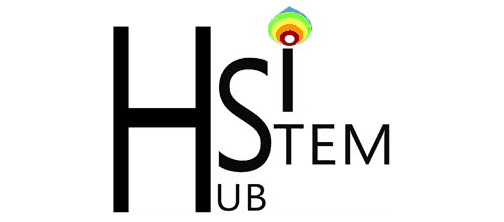The Five Principles
The following five principles articulate teaching strategies and behaviors combines awareness of course design with strategies for supporting learners.
The following five principles articulate teaching strategies and behaviors combines awareness of course design with strategies for supporting learners.
Crowdmark is a collaborative grading and analytics tool for higher education that streamlines assessment.
The Rubric is intended to establish standards relating to course design, interaction and collaboration, assessment, learner support, and accessibility.
STEM Faculty Who Believe Ability is Fixed Have Larger Racial Achievement Gaps and Inspire Less Student Motivation in Their Classes
A Model To Guide Cultural Transformation in STEM Departments
Workforce Development Through Online Experiential Learning for STEM Education
Serving Racial Minority Students in STEM at Minority-Serving Community Colleges
A resource compiled by Dr. Monica Torres where she describes the importance of DEI in academia and a brief history with the possible outcomes.
An Article by Dr. Vela and Dr. Gutierrez that explores the changing demographics of the U.S., the impact of educational attainment on Hispanics, and the Hispanic Serving Institution designation.
In this article, Elizabeth T. Murakami and Anne-Marie Núñez conducted a research metasynthesis of publications by a group of Latina tenure-track faculty participating in a peer mentoring group, where they asked, “What peer mentoring strategies can Latina faculty employ to navigate academia?”
In this article, Gina A. Garcia and Brighid Dwyer z conducted a study was to understand students’ organizational identification with an identity for serving Latinx students who attend an HSI or an emerging HSI.
In this article, Marcela Cuellar performed multiple regression analyses on data from the Cooperative Institutional Research Program that illuminate how background characteristics and student experiences at four-year HSIs, emerging HSIs, and non-HSIs influence Latinx academic self-concept.
Laura Rodríguez Amaya, Tania Betancourt, Kristina Henry Collins, Orlando Hinojosa, and Carlos Corona explore the impact of student characteristics such as gender, classification, ethnicity, and first-generation status on UREs of STEM students through four specific constructs that current literature deems particularly important.
Heather Daniels, Sara E. Grineski, Timothy W. Collins, Danielle X. Morales, Osvaldo Morera, and Lourdes Echegoyen examine factors hypothetically relevant to underrepresented minority student gains from UREs at a Hispanic-serving institution, such as mentoring quality, family income, being Latinx, and caring for dependents.
A resource compiled by Maryville University.
David Asai’s essay examines PEERs (Persons Excluded due to Ethnicity or Race) within the STEM fields as intentional and systematic.
This is a book which offers practical guidance on the design and application of campus change strategies for achieving equitable outcomes.
This article examines the inequities caused following the passage of prop 209 in California. The most dramatic inequalities were seen on the wealthiest UC campuses, especially UCLA and UC Berkeley. However, some race-neutral alternative strategies to increase enrollment of underrepresented minority students such as targeted outreach, high school partnerships, and academic preparation programs can yield a more diverse student body.
This article identifies factors related to Latino community college educational attainment outcomes
This article identifies equity minded inequities as a dysfunction of the various structures, policies, and practices that instructors can control.
This article is a study that indicates that the academic success of community college students may be predicted by mathematics and science course-taking.
Resource for Hispanic Serving Institutions that promotes collaborations for STEM research education, develops research capacity, and enhances STEM pedagogy.
Department of Biology | NMSU
PO Box 30001, MSC 3AF
Las Cruces, NM 88003
575-646-3611
Follow us on X (Previously Twitter):
Follow us on LinkedIn:
Follow us on Instagram:
@hsistemhub
